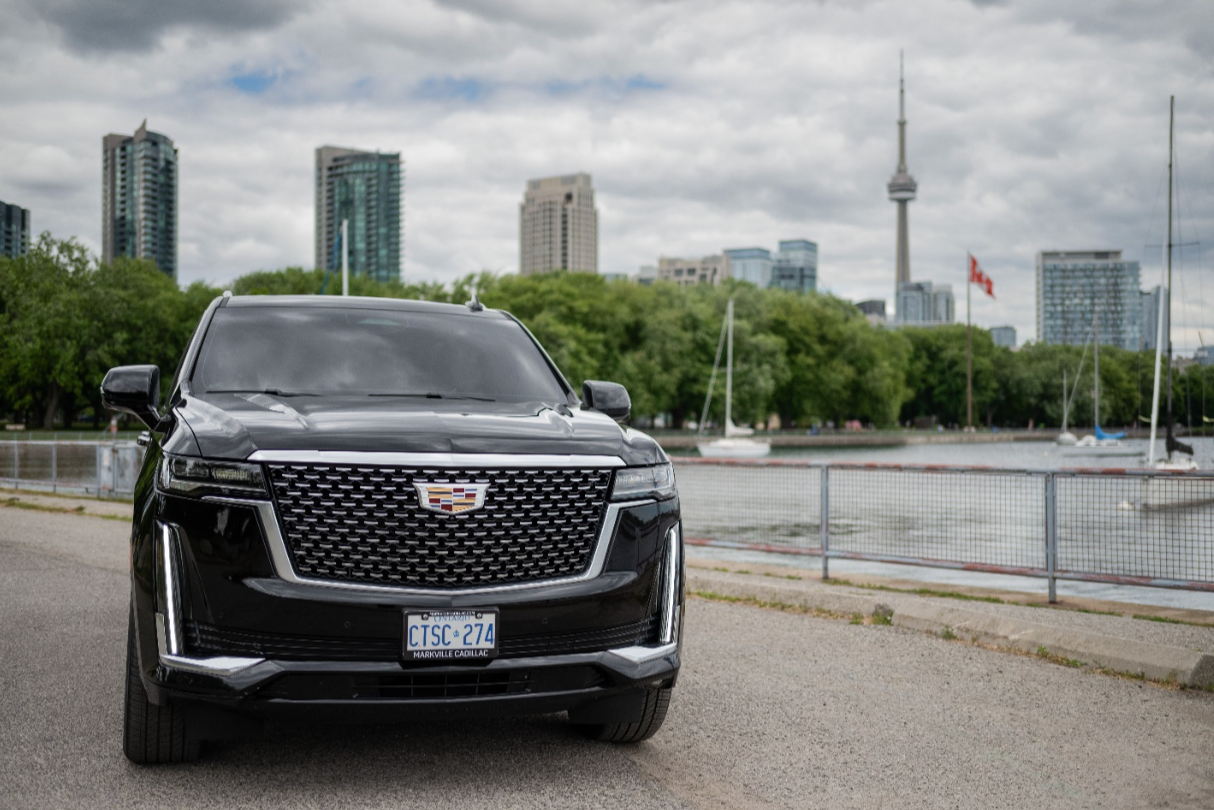Travelling Within: The Rise of Domestic Travel in Canada and What It Means for Executive Security
In recent months, more Canadians—especially business leaders and executives—are choosing to travel within Canada rather than heading across the border to the U.S. The reasons are multifaceted: rising cross-border tensions, political uncertainty, economic tariffs, and a growing list of travel-related headaches have all made international trips less appealing. Whether it’s for business meetings, corporate retreats, or personal getaways, domestic destinations like Vancouver, Toronto, Calgary, and Montreal are seeing a noticeable spike in high-profile Canadian travellers.
But with this shift in travel patterns comes a new set of security and logistical considerations. Just because a trip stays within national borders doesn’t mean it’s risk-free.
A Shift in Travel Patterns
Geopolitical tensions and rising trade tariffs between Canada and the U.S. are prompting businesses to rethink their cross-border strategies. For executives, this often translates into fewer trips to the States and more focus on domestic travel. Many are opting for meetings in major Canadian hubs, reducing their exposure to unpredictable foreign environments, visa issues, and increasingly strained diplomatic relations.
At the same time, Canadian cities are becoming hotspots for high-profile conferences, tech summits, and industry-specific gatherings—events that naturally attract senior leaders, CEOs, and high-value individuals.
This increase in high-profile domestic travel means security teams must rethink how they approach travel risk management inside Canada.
Don’t Mistake Familiarity for Safety
One of the most common misconceptions about domestic travel is that it’s inherently safer. While it’s true that Canada remains one of the safest countries in the world, executives remain vulnerable to:
- Opportunistic crime and targeted attacks
- Protests or political demonstrations near venues
- Exposure through social media tracking or open-source intelligence
- Stalking or harassment from disgruntled individuals
- Vehicle-related risks, especially in high-traffic urban areas
It’s easy to let your guard down when you're “home,” but familiarity often breeds complacency—and that’s exactly when threats can be most effective.
Canada-Specific Security Concerns
Domestic travel may not involve crossing borders, but it still requires careful planning—especially when your movements are being observed, online information is abundant, and your profile attracts attention. Key risks specific to Canadian travel include:
- Urban hot spots: Cities like Vancouver, Toronto, and Montreal come with unique crime profiles, protests, and traffic challenges that can complicate travel plans.
- Remote locations: Executive retreats or conferences in remote areas often lack local emergency infrastructure or fast response options.
- Weather disruptions: From snowstorms in Alberta to heavy rain in B.C., travel delays and road safety concerns are a year-round consideration.
- Local unrest: Although less common than in the U.S., regional tensions or protest movements can erupt quickly, especially near government or corporate buildings.
The Importance of Travel Risk Management (TRM)
This is where Travel Risk Management (TRM) comes in. TRM is more than just booking a flight and hotel—it’s about building an end-to-end safety and continuity plan for your trip. A proper TRM strategy includes:
- Pre-trip risk assessments based on your destination and profile
- Real-time intelligence monitoring for political, social, or environmental threats
- Secure itineraries that minimize exposure and maximize efficiency
- Emergency response planning in case something goes wrong
- Discreet yet effective communication and tracking solutions
For executives or corporate teams moving between cities, this kind of planning is essential to avoid disruptions—or worse.
Secure Transportation: Safety on the Move
One of the highest-risk moments for any travelling executive is while in transit. Whether it's from the airport to a downtown hotel or between multiple business meetings, every movement represents a window of vulnerability.
Empire Protection’s secure transportation services offer peace of mind through:
- Professionally trained protective drivers
- Route planning and alternate escape routes
- Vehicle tracking and communication redundancy
- Coordination with local law enforcement when needed
- Vehicles equipped with safety and emergency kits
Our transportation services are not only discreet—they’re designed to blend into the environment while maintaining full situational awareness and readiness to act.
Final Thoughts: A Canadian Company for Canadian Travellers
As a proudly Canadian executive security company, we understand the local landscape—its risks, its nuances, and its opportunities. Empire Protection is uniquely positioned to help Canadian organizations and executives adapt to this shift in travel behavior.
Whether you're flying into Toronto for a shareholder meeting or hosting a corporate retreat in the Rockies, our team is equipped to support you with end-to-end travel risk management, secure transportation, and discreet executive protection services—keeping you one step ahead at every stage.
At home doesn't mean out of danger—so travel smart, travel safe, and let Empire lead the way.




